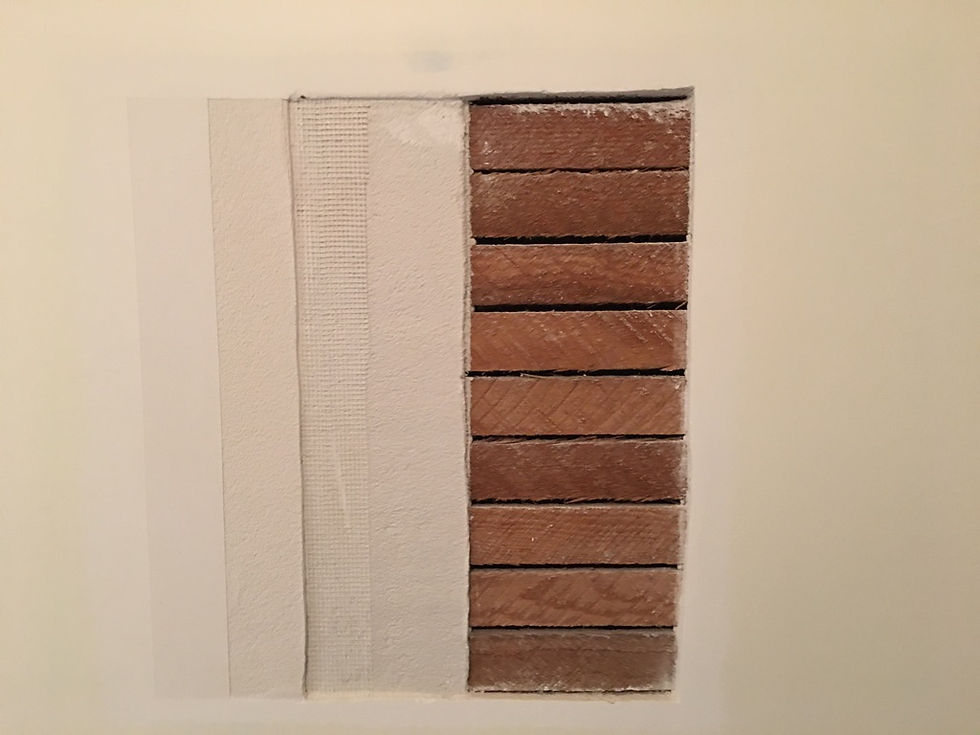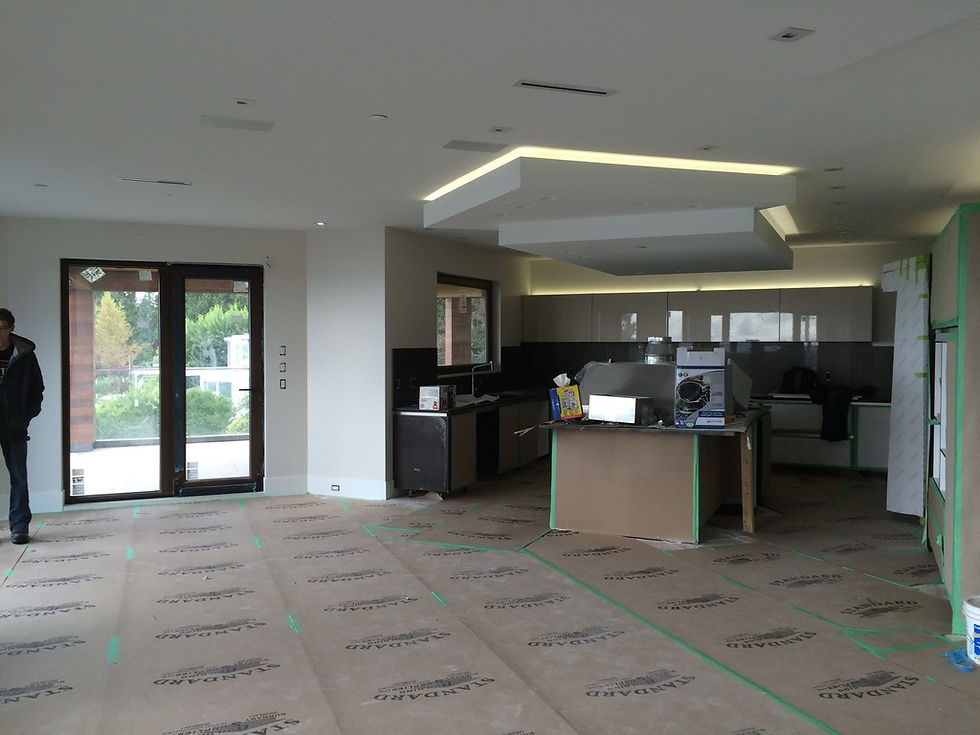Drywall Industry Issues and Solutions
- Lloyd "The Mud Slinger"
- Jan 30
- 1 min read

The construction industry has faced significant drywall installation problems since the 1970s, with repair costs sometimes reaching $75,000 for new homes that haven't even been occupied. Common failures stem from poor workmanship, requiring constant repairs.
Common Drywall Installation Failures:
Wrong board used, resulting in wavy ceiling and walls
Boards not properly screwed down
Over sheeted, under sheeted
Large gaps left unfilled
Seams not matched properly
Damaged board not trimmed out
Insufficient compound in seam centers
Corner bead barely glued on
Large gaps in corners
Corner bead barely covering drywall board
Wavy walls, ceilings and corners out of plumb and square
Heritage Plaster Work
Types of Plaster Systems:
Wood lath and plaster
Gypsum lath and plaster
Wire lath and plaster
Plaster Restoration Process:
1. Cover floors and trim
2. Clean and sand work areas
3. Prefill large cracks
4. Remove loose plaster that has lost keys
5. Bond all surfaces to be refinished and exposed lath
6. Base coat areas where basecoat was removed
7. Mesh cracked or damaged areas
8. Skim over mesh with plaster basecoat
9. Apply plaster topcoat
10. Prepare for paint and precoat all areas
Pre-Filling Guidelines:
Complete pre-filling before taping
Fill all gaps that show as black lines
Pre-fill damaged areas and trim out
Level cut edges to factory bevels
Fill corners square for bead work
Inspect pre-filling before proceeding with tape or bead work
Important note: For heritage plaster restoration, drywall compounds should not be used as they are incompatible with traditional plaster systems.



Comments